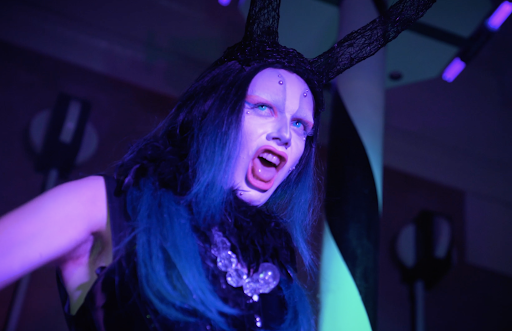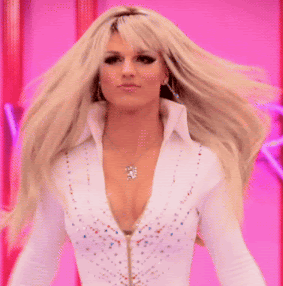The Intersection of Queerness and Horror
For this one, we didn’t even have to overthink. Horror and queerness have been mixed intimately in literature, pop culture, and, regrettably, even real life.
A queer theorist who has written on the relationship between queerness and Horror is Jack Halberstam. Studying 18th-century Gothic novels, Halberstam theorized that the reason why horror has the potential to scare us is not because it comes from the darkest and most horrific parts of our imagination. Horror is scary precisely because it exists out of elements we (subconsciously) encounter in our daily lives. And not just any elements.
Horror latches onto our fears of the unknown. It feeds off of a culturally shared sense of strangeness, and otherness. Horror takes ideas, feelings, and even identities that feel foreign to us, that differ from our perception of what is normal and that we feel uncomfortable with, and it projects these back to us in the form of terrifying monsters.
As such, queer identities have often been turned into ‘monsters’. Think of stories where the morally despicable villain ended up being gay or trans*... This is a way to reproduce cis-heteronormativity.
Another very concrete example of this is the typical representation of witches: The stereotype of a witch is still frequently used to ‘other’ women who are opinionated, educated, or just dgaf - especially lesbians.
Incidentaly, it is not for the lack of evidence, too: Nicole Pasulka writes for The Cut, “when women were first organizing [in the 1960s and 1970s]…[lesbians] often looked to female-dominated or goddess-worshipping cultures as models for how to live and thrive outside patriarchal Western society”.
The persecution in question (read: witchunts™️): Maud Galt was a lesbian accused of witchcraft in 17th century Scotland. She married a man named John Dickie to hide her lesbianism and had a (potentially abusive) relationship with one of their servants, Agnes Mitchell. Galt’s charges were several pages long. Iconically, Historian Julian Goodare states that Galt’s case “shocked authorities…the idea of witchcraft [was] easier to cope with than [her] lesbianism.”
Credit: Jennifer Prince, The Witching Hour
But of course we don’t need to passively accept our position as ‘monsters’. We can take charge of this “monstrous” energy and use it for change, or even reclaim and wear it as a token of pride
Take the example of some artists we’ve previously highlighted. They consciously use horror in their work to mold their own narrative:
“En m’assumant comme monstre, je me suis libéré.e de l’injonction à la perfection. « Être un monstre » signifie pour moi « embrasser mes imperfections ». C’est sur ce point que se rencontrent mes multiples pratiques artistiques : la réapproriation des attributs du monstre, de l’informe, du mutant, de la chimère… Je me suis donné pour mission de les détourner, de les colorer, avec un esprit ludique et un plaisir de création spontanée que j’ai conservé depuis l’enfance.” - Zaëll De Coster
“Horror is a rich relatable ground theme that promotes an easier understanding of the messages I want to deliver and therefore makes the care accessible to a greater amount of beings. It inspires me as horror is deeply rooted in the primal emotion of fear, gateway to the subconscious mind where the traumas lay. There are no norms in what can be horrific or not, no set shapes nor gender, and that translates into an endless metamorphosis, a space for queer creatures to reclaim and own the slurs about being a monster” – Morphae
And sometimes being in the position of the villian can be downright fun. Derrick Barry, anyone?
Here are two other villains who gave new meaning to the word **fabulous**
Credit: themarioman56 on Deviantart
You love to hate HIM. Androgyny personified. There is no question that HIM from PPG is a queer-coded villain from the thigh-high stiletto boots, tule skirt, neckpiece, and rosy pink cheeks. His voice oscillates between an effeminate falsetto and a masculine demonic growl.
“HIM was defined by this forbidden contrast—his hyper-femme design versus the unavoidable fact that his name is a male pronoun,” (1) .
There is a reason why HIM is adorned as a queer icon, for unapologetically embracing their uniqueness in a world that literally villainizes it; it’s no wonder why people all over the world are drawn to this character and cosplay and dress up as HIM.
Pansexual, transvestite, scientist - the trifecta of queerness
Frank-N-Furter (Rocky horror picture show)
The original play Rocky Horror Picture Show was born in 1973 and soon thereafter made into the film we all love in 1975. The RHPS has caused controversy and is deemed problematic* by some, however, to this day we can still see the ripples of its influence. Dr. Frank-N-Furter’s character is trailblazing in the sense it portrayed gender non-conforming, trans representation to the masses at a time when it was even more taboo than we see in the modern day. Similarly, as we saw in the character of HIM, Frank-N-Furter broke free of the gender binary by playing with masculine and feminine facets of themselves. The makeup and lingerie contrasted with his more traditionally masculine physique challenged the ideas of gender and conformity. And who couldn’t stan the Dr for terrorizing a straight suburban white couple out of their heteronormativity?
*by portraying queer people as sexually deviant
Credit: Live4ArtInLA on Deviantart






